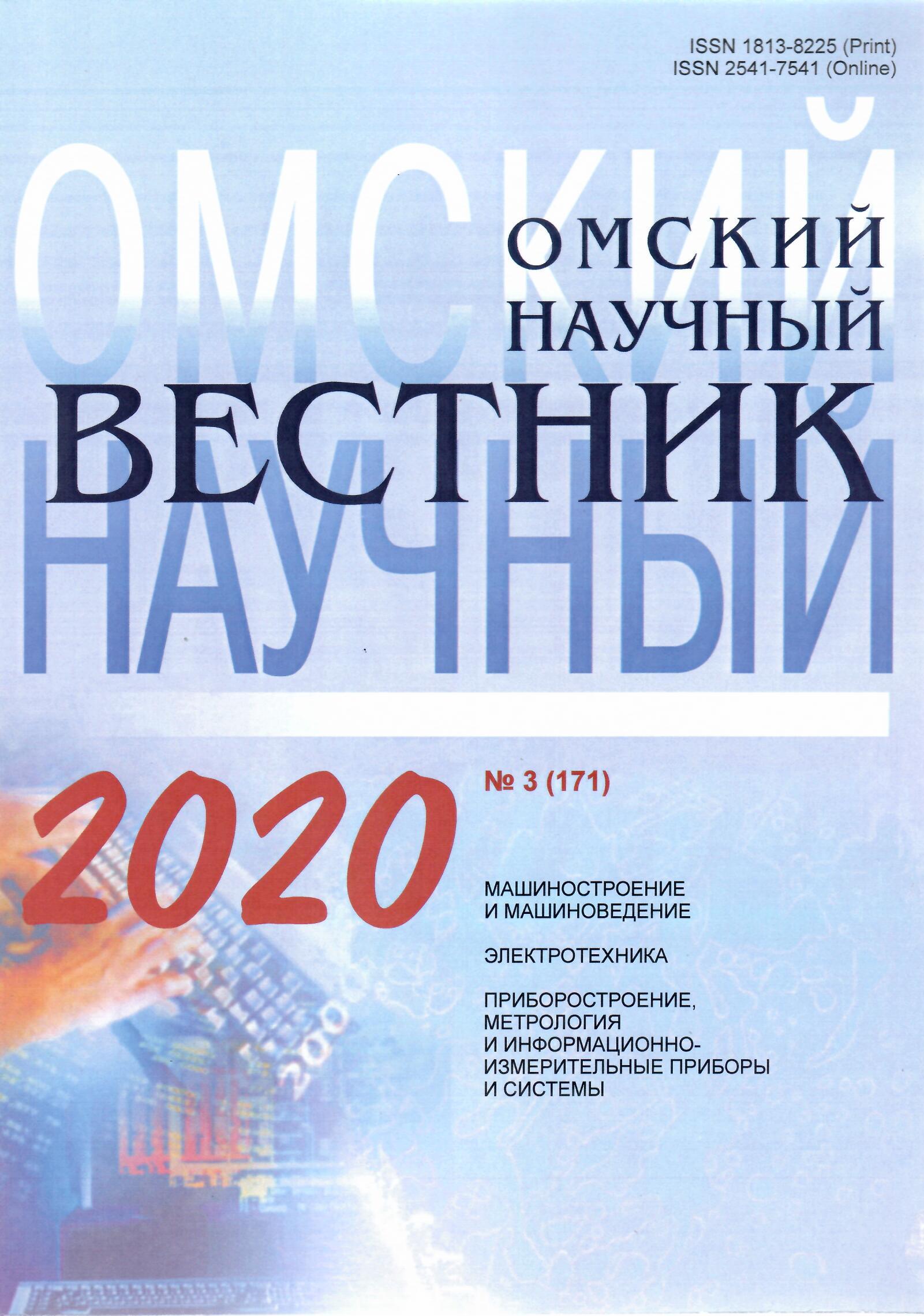Morphology and gas sensitivity of nanocomposites based on porous silicon and tin oxide formed using nanosecond pulsed ion beams
DOI:
https://doi.org/10.25206/1813-8225-2020-171-99-105Keywords:
porous silicon, nanocomposite, scanning electron microscopy, pulsed ion beam, gas sensitivityAbstract
For the first time, the morphology of the surface layers of porous silicon, as well as composites based on them formed using highpower pulsed ion beams of nanosecond duration (PIB) with different exposure ratios are analyzed. The results showed that a single radiation exposure is the most rational regime for both porous silicon and composites. With this modification, surface
structures are characterized by higher por-Si and SnOx crystallinity and uniformity. The gas sensitivity of the structures formed using PIB to nitrogen dioxide as well as the process of its degradation over time is studied. It is found that the most promising of all structures is a por-Si/SnOx composite irradiated with a single PIB pulse. It has the best gas sensitivity after creation and, with time, is less susceptible to aging, thus, being the most stable.
Downloads
Published
How to Cite
Issue
Section
License
Non-exclusive rights to the article are transferred to the journal in full accordance with the Creative Commons License BY-NC-SA 4.0 «Attribution-NonCommercial-ShareAlike 4.0 Worldwide License (CC BY-NC-SA 4.0»)




